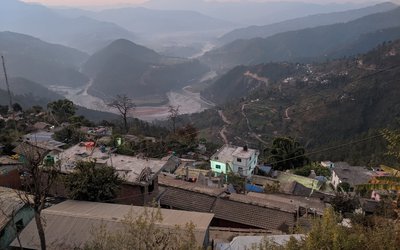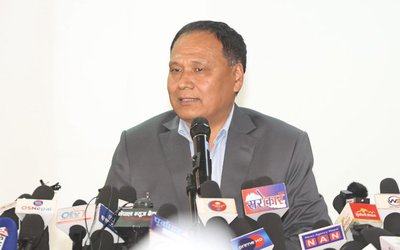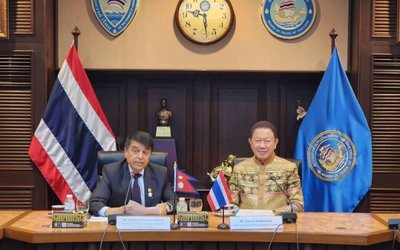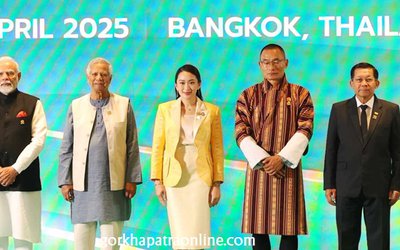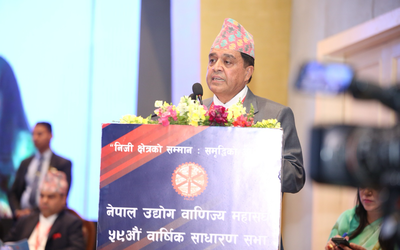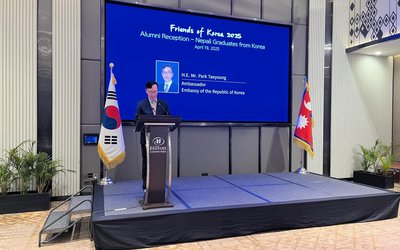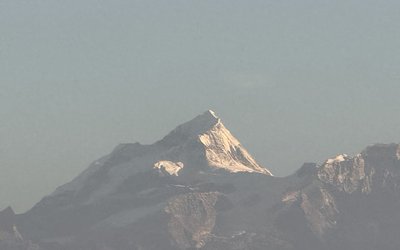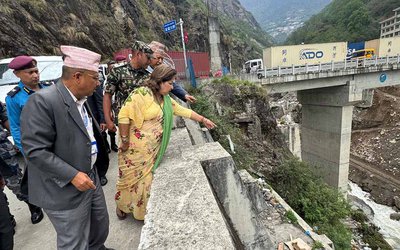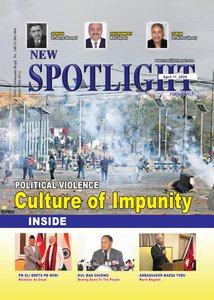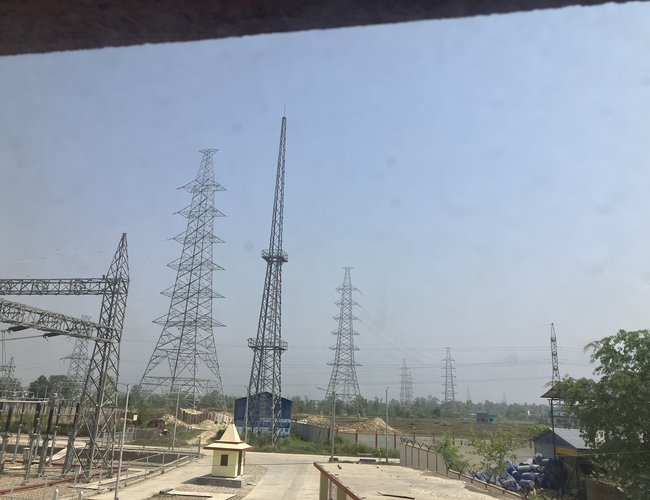
Fifty years ago, Nepal was virtually in darkness, with an electrification rate of about 2%. Most households relied on kerosene wick lamps, and industrial activities were limited. ADB link
Half a century later, Nepal has undergone a remarkable transformation. Now, over 95% of households have access to electricity. This substantial rise in electrification has significantly improved the lives of Nepalis, driving economic, social, and technological progress across the nation.
A Key Partner in Development
The Asian Development Bank (ADB) takes great pride in its role as a key partner in Nepal’s clean energy transformation. The partnership between ADB and Nepal began in 1972 with funding for a transmission line project. Since then, in collaboration with other development partners, ADB has supported country's hydroelectric power generation, almost half of Nepal's transmission lines, and over one-third of its 33-kV distribution substations. ADB has also supported Nepal’s development of alternative renewable energy sources such as mini-hydro, wind, and solar power, particularly in remote areas of the country.
Kali Gandaki Hydroelectric Project
Located in western Nepal, the 144 MW Kali Gandaki “A” Hydroelectric Project power station is the first hydroelectric project of over 100 MW in Nepal.
The Kali Gandaki “A” Hydroelectric Project contributed 6.6% to Nepal’s total installed capacity in FY2022 and around 10% until FY2021. Nepal has around 6,000 rivers with the technical potential to generate 83GW of electricity, of which 42 GW is considered economically viable.
The project was approved by ADB in July 1996. The Japan Bank for International Cooperation also contributed to this project.
South Asia Subregional Economic Cooperation (SASEC) Power System Expansion Project
The Kali Gandaki River in Nepal can generate at least 1 GW of electricity. The automated 220-kV Kushma substation in the western district of Parbat will help to evacuate the power generated from hydropower projects in the Kali Gandaki River Basin.
The transmission substation was built with the support of the South Asia Subregional Economic Cooperation (SASEC) Power System Expansion Project approved by ADB in July 2014.
Improved Transmission Systems
The 208km of 132-kV Butwal-Nepalgunj (Kohalpur) transmission line was built under Fourth Power Project approved by ADB in October 1981. The project was implemented with the objective of strengthening transmission systems in the western and midwestern parts of Nepal and replace the imported supply of electricity with locally produced power.
Powering Agriculture Production
Kailali is one of the biggest vegetable producers of Sudurpaschim Province, but vegetable farming requires a lot of water. Hira Lal Chaudhary, a 24-year-old commercial farmer in Ghodaghodi Municipality in Kailali district, says his income from vegetable farming has gone up significantly since he started using an electric water pump to irrigate the fields.
Ghodaghodi Municipality gets its power supply from the 132-kV Pahalmanpur Substation built through the Electricity Transmission Expansion and Supply Improvement Project approved by ADB in November 2011 and a grant from the Government of Norway. The substation is being automated through the Electricity Grid Modernization Project approved by ADB in November 2020.
Electrifying Remote Communities with Clean Energy
Small-scale, off-grid power systems, such as the one installed in the village of Thabang in Rolpa, one of the remotest places in Nepal, have effectively provided clean energy to communities in the mountains of Nepal.
Thabang is powered by a 150-kilowatt-peak solar mini-grid plant installed through the South Asia Subregional Economic Cooperation (SASEC) Power System Expansion Project approved by ADB in July 2014 and the Scaling Up Renewable Energy Program of the Climate Investment Fund.
Helping Education in Remote Areas
The Shree Rastriya Secondary School in Solta, an isolated village in far west Nepal, operates its information and communications technology laboratory using power generated by the 75 -kilowatt-peak solar mini-grid system.
The solar mini-grid was installed through the South Asia Subregional Economic Cooperation (SASEC) Power System Expansion Project approved by ADB in July 2014 and the Scaling Up Renewable Energy Program of the Climate Investment Fund.
Delivering Gender Equality and Social Inclusion
Gyan Kumari Shrestha from Kavrepalanchok, in the east of Kathmandu, had almost given up poultry farming after an unknown disease wiped out several hundred of her chicks, inflicting heavy losses. Amid this—and the continued deaths of her chicks—she received training organized under the ADB-supported project, Strengthening the Capacity of the Energy Sector to Deliver Gender Equality and Social Inclusion Results and was motivated to continue her business.
Since July 2021, she has been rearing a local breed of chickens—1,300 of them—which are growing well. She sells chickens and eggs in the local market, as well as in Kathmandu.
Powering Industry
Yarns and threads made of polyester were on the list of the top five exports of Nepal in fiscal year 2022. Spinning mills that produce these yarns and threads are energy intensive.
This factory in Birgung, central Nepal gets its electricity supply from the Parwanipur Substation, which was reinforced through the Energy Access and Efficiency Improvement Project approved by ADB in November 2009.
Mitigating the Risk of Climate Change
ADB’s ongoing projects, such as the Tanahun Hydropower Project, represent vital steps in Nepal's energy transition. The storage-type project offers more reliable and predictable electricity, addressing Nepal's urgent climate change challenges by controlling floods and mitigating flow variability.
Continuing Support
ADB will continue to support the Government of Nepal and partner with other development partners to further strengthen the energy sector and support Nepal's energy transition by promoting clean energy, climate adaptation, and a sustainable business model that attracts diverse investments, including private sector financing.
Source: ADB
- Korean Embassy Hosts FRIENDS OF KOREA 2025 Event in Kathmandu
- Apr 19, 2025
- Weather Forecast: Partly To Generally Cloudy With Rain And Thunder Acrosss Nepal
- Apr 19, 2025
- Minister Dahal Directed To Complete The Dannune Portion Of Road Before Monsoon
- Apr 18, 2025
- Kanchenjunga Diamond Festival Being Celebrated From Today To Mark The 70th Anniversary Of The First Successful Ascent
- Apr 18, 2025
- RPP To Hold Protest In Restricted Areas Of Kathmandu On April 20
- Apr 18, 2025
